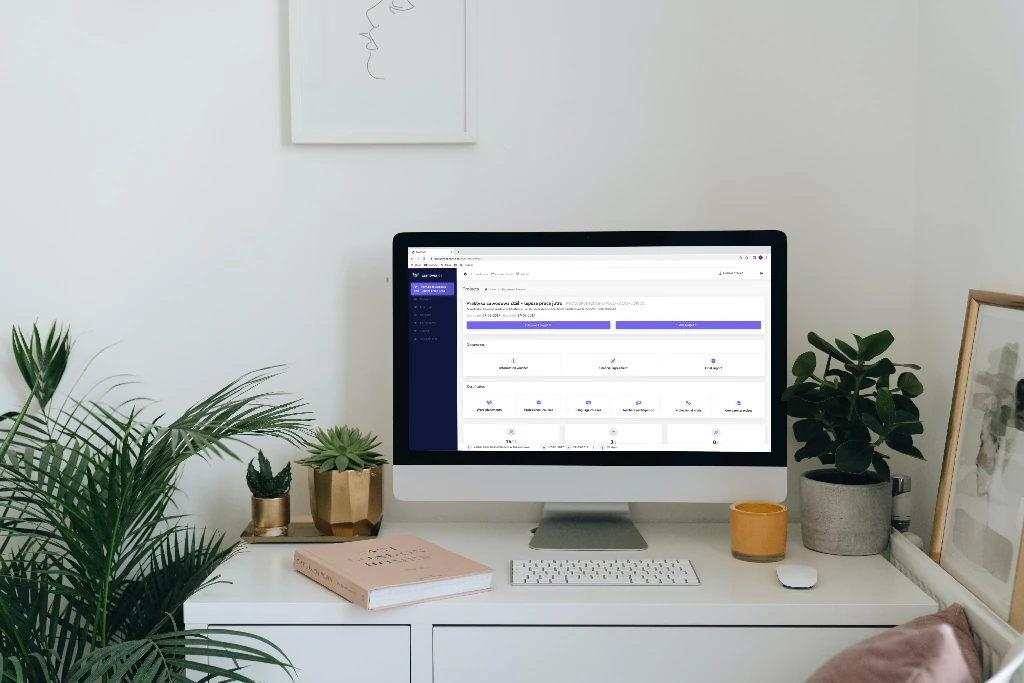HINTS AND TIPS FOR A SUCCESSFUL ERASMUS+ KA1 PROPOSAL – part II
Following our previous post, we will continue with 5 more tips and hints for a winning Erasmus+ project proposal. In the next lines, we will focus on the project content development and some news from 2019 application web form:
-
Check the eligibility requirements:
No matter who good your proposal is, it will be rejected if it does not meet the eligibility criteria. Check the eligibility requirements published for each action in the Programme guide.
-
Develop your Project idea:
Your proposal will be assessed against 4 criteria:
-
Relevance of the project– WHAT you want to do in the project and WHY
- Objectives and priorities – Link your ideas to the priorities of the call.
- Needs analysis – Your project must be addressed to a real and important problem or challenge in your school or organization.
- Target groups – Clearly define the target groups being as much specific as possible and explain how their needs will be addressed in the project. It is good to quantify the target groups in terms of numbers. In this way, it will be easier later on to measure the impact of the project.
- Innovation and added value – Explain how your project is different to previous ones and what is the added value that it offers.
- International cooperation – This is an international project, so you must demonstrate why cooperation among international partners is needed, otherwise objectives would not be achieved.
-
Quality of the project design and implementation
- Activities and work plan – The work plan will consider all different phases: preparation, implementation, evaluation and quality evaluation, follow-up and dissemination. Link all the activities to the foreseen objectives.
- Quality control – A control strategy is essential for a project without surprises. Control measures can include questionnaires, work package reports, evaluation reports by external experts, etc.… Quantitative indicators will make possible to measure real success of the project.
- Cost – The project must be implemented in the most economical way, being as realistic as possible when calculating the costs.
- Risk management – Your proposal should define potential risks and present ways of overcoming them. Potential risks to foreseen could vary from conflicts among partners, lack of commitment, etc… It is good to have a plan B in case these riks arise in the project.
-
Quality of the partnership and the cooperation arrangements
- Choice of partners – Choose partners that cover all the expertise areas needed in your project. Sub-contracting should be avoided as much as possible.
- Responsibilities – Try to balance tasks and responsibilities among partners. Every partner must have an active and well identified role.
- Communication – You must design a communication strategy including how and when the partners will communicate.
-
Impact, dissemination and sustainability
- Impact – Impact refers to the benefits that the project provide to the identified target groups. Clearly defining and quantifying the target groups will let us to measure the impact of the project on them.
- Dissemination and exploitation – While dissemination refers to activities aimed at spreading information about the project and making it visible beyond the participants, exploitation refers to activities aimed to encourage people and institutions outside the project to use and benefit from the results of the project.Identify which results must be disseminated as well as quantify target groups to be addressed.A good idea can be to involve “associate” partners that will collaborate in dissemination activities.Dissemination can be done through different tools like websites, social media, conferences, workshops, printed brochure, aimed to communicate in different ways.
- Sustainability – It refers to activities and measures aimed at ensuring that results will exist and be used beyond the duration of the project.Specify the project results which will continue to be available after the project and the activities which will continue following the end of the project.You must also refer how these results and activities will be sustainable by for example maintaining project website available in the next years.
-
-
New in 2019! – Mandates for consortium:
From 2019 online application form, mandates are already pre-filled within the application and you can find them in the Annex section. Download them and ask your consortium partners to sign it. Finally, upload all of them in a unique pdf. file.
-
Use official Distance Calculator:
This tool is used to calculate travel distances for grant support to individuals. You must specify city, town or village of departure and destination (not countries or airports!).
-
Avoid last minute submission:
Do not underestimate time to collect all necessary information, contribution from partners, signatures, etc.… Last minute submission could also result in an unattended problem (crash of the computer, servers dawn, lack of internet….) that could ruin all previous weeks effort.
Would you include other tips? Let us to know what you consider important when writing your Erasmus project.
Sources:
- Erasmus+ Programme Guide
- Presentation «How to write a good project proposal in Erasmus+»
- Commented forms by Spanish National Agency SEPIE
- Webinar by Spanish National Agency SEPIE on how to fill in a Erasmus+ KA 102 project.
